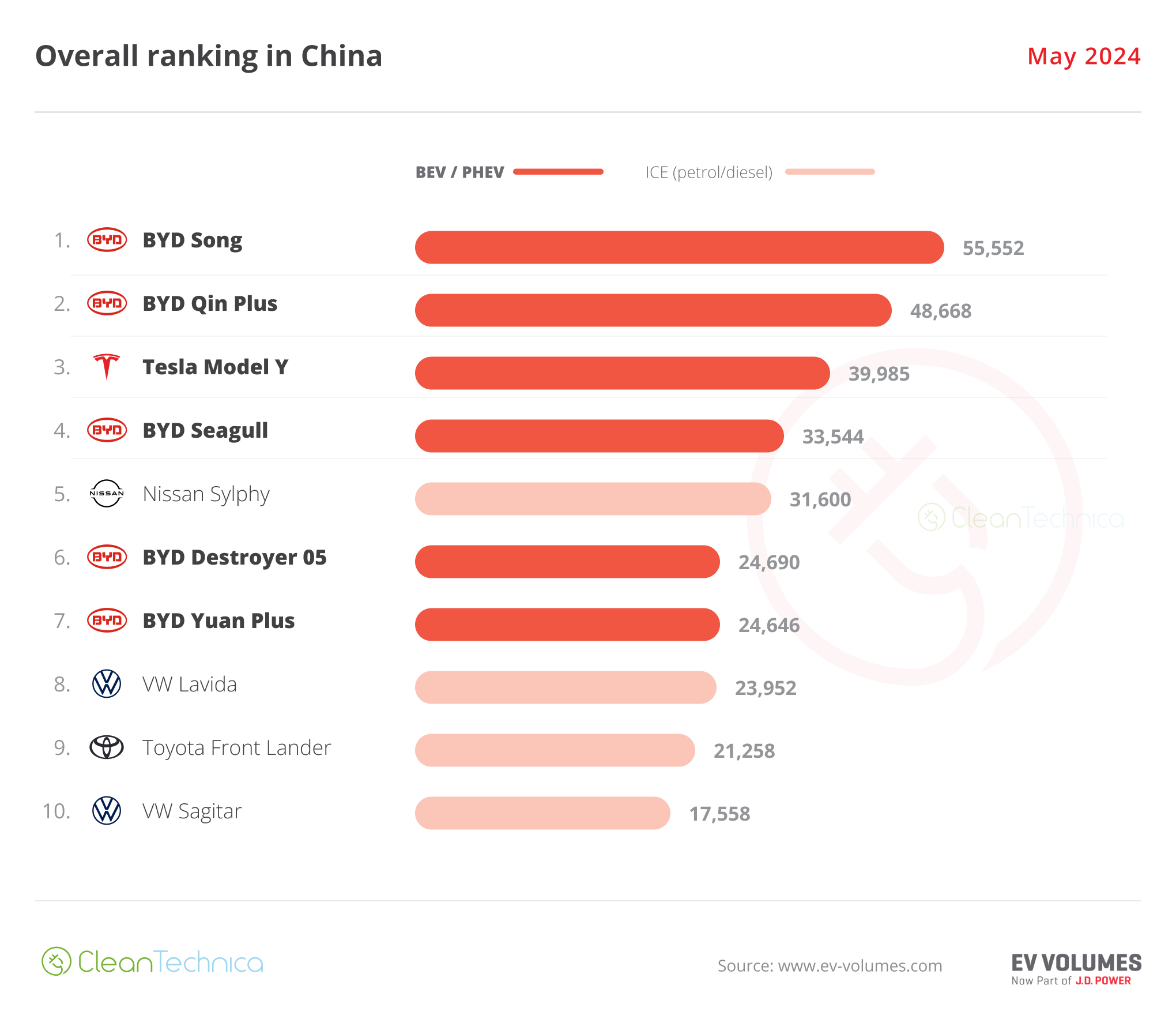The World Bank’s latest Commodity Markets Outlook report noted that oil prices have risen only about 6% since the start of the Israel-Hamas war, while prices of agricultural commodities, most metals and other commodities “have barely budged.”
The report outlines three risk scenarios based on historical episodes involving regional conflicts since the 1970s, with increasing severity and consequences.
A “small disruption” scenario equivalent to the reduction in oil output seen during the Libyan civil war in 2011 of about 500,000 to 2 million barrels per day (bpd) would drive oil prices up to a range of $93 to $102 a barrel in the fourth quarter, the bank said.
A “medium disruption” scenario — roughly equivalent to the Iraq war in 2003 — would cut global oil supplies by 3 million to 5 million bpd, pushing prices to between $109 and $121 per barrel.
The World Bank’s “large disruption” scenario approximates the impact of the 1973 Arab oil embargo, shrinking the global oil supply by 6 million to 8 million bpd. This would initially drive up prices to $140 to $157 a barrel, a jump of up to 75%.
“Higher oil prices, if sustained, inevitably mean higher food prices,” said Ayhan Kose, the World Bank’s Deputy Chief Economist. “If a severe oil-price shock materializes, it would push up food price inflation that has already been elevated in many developing countries.”
Share This:




